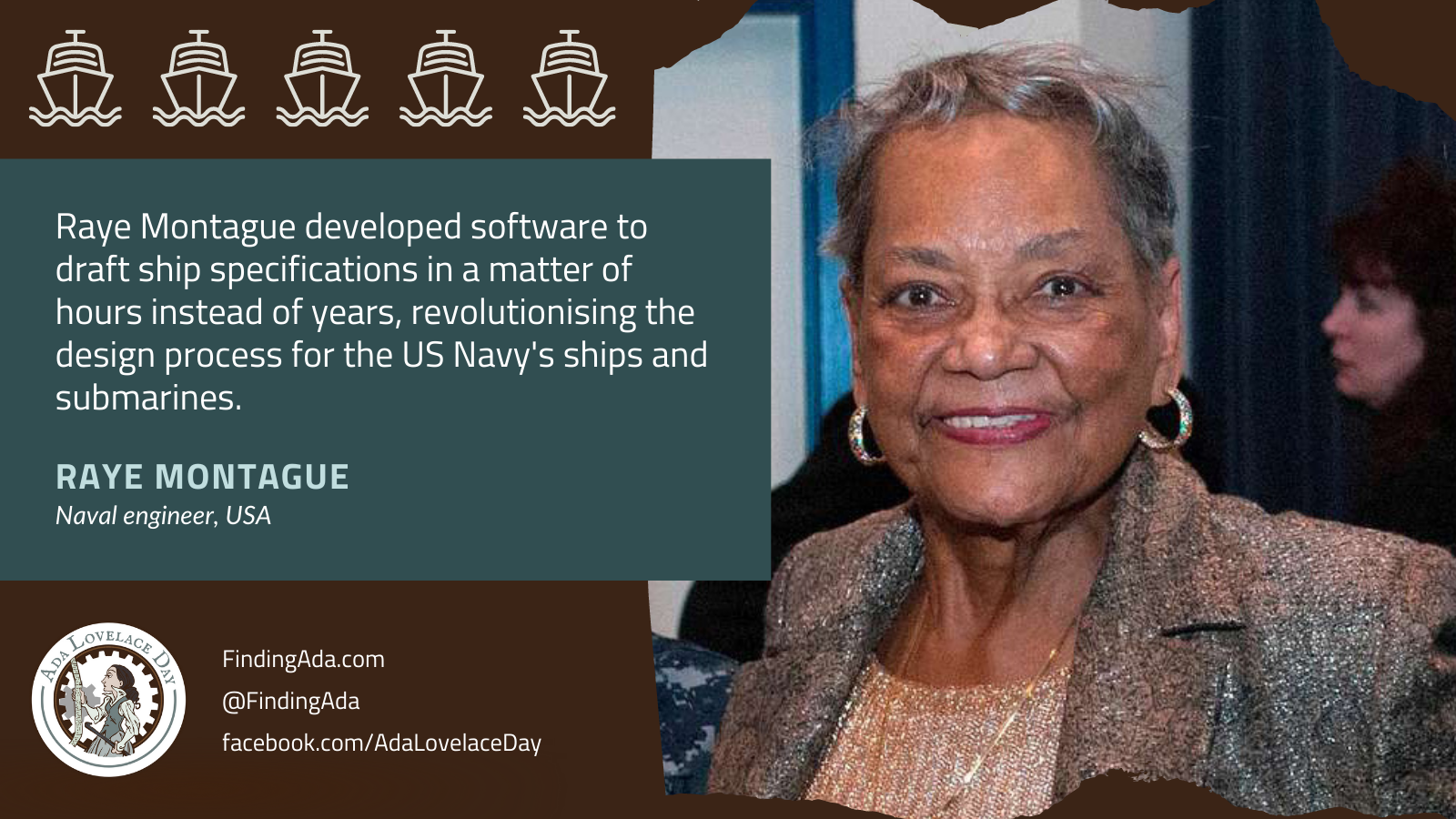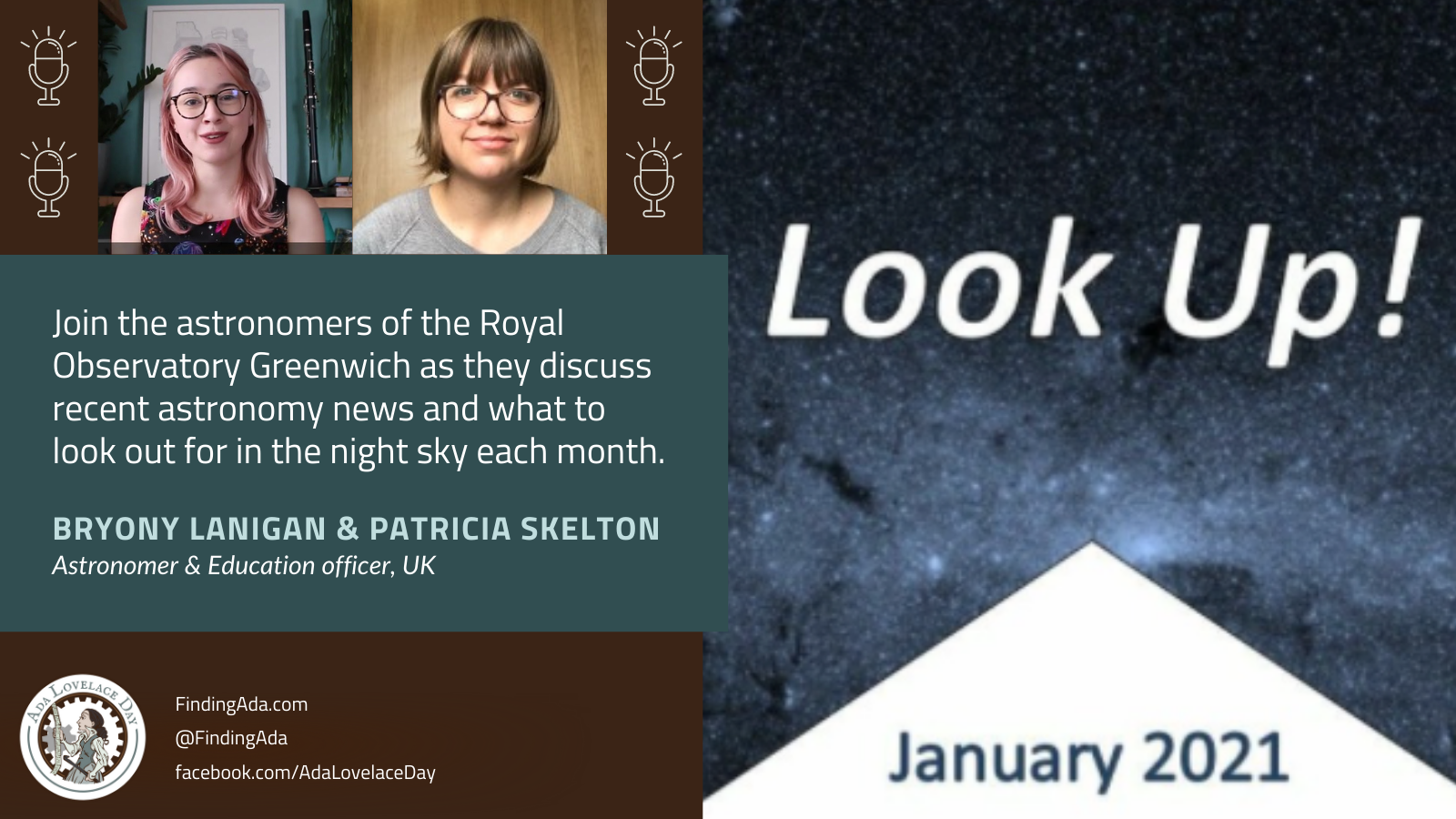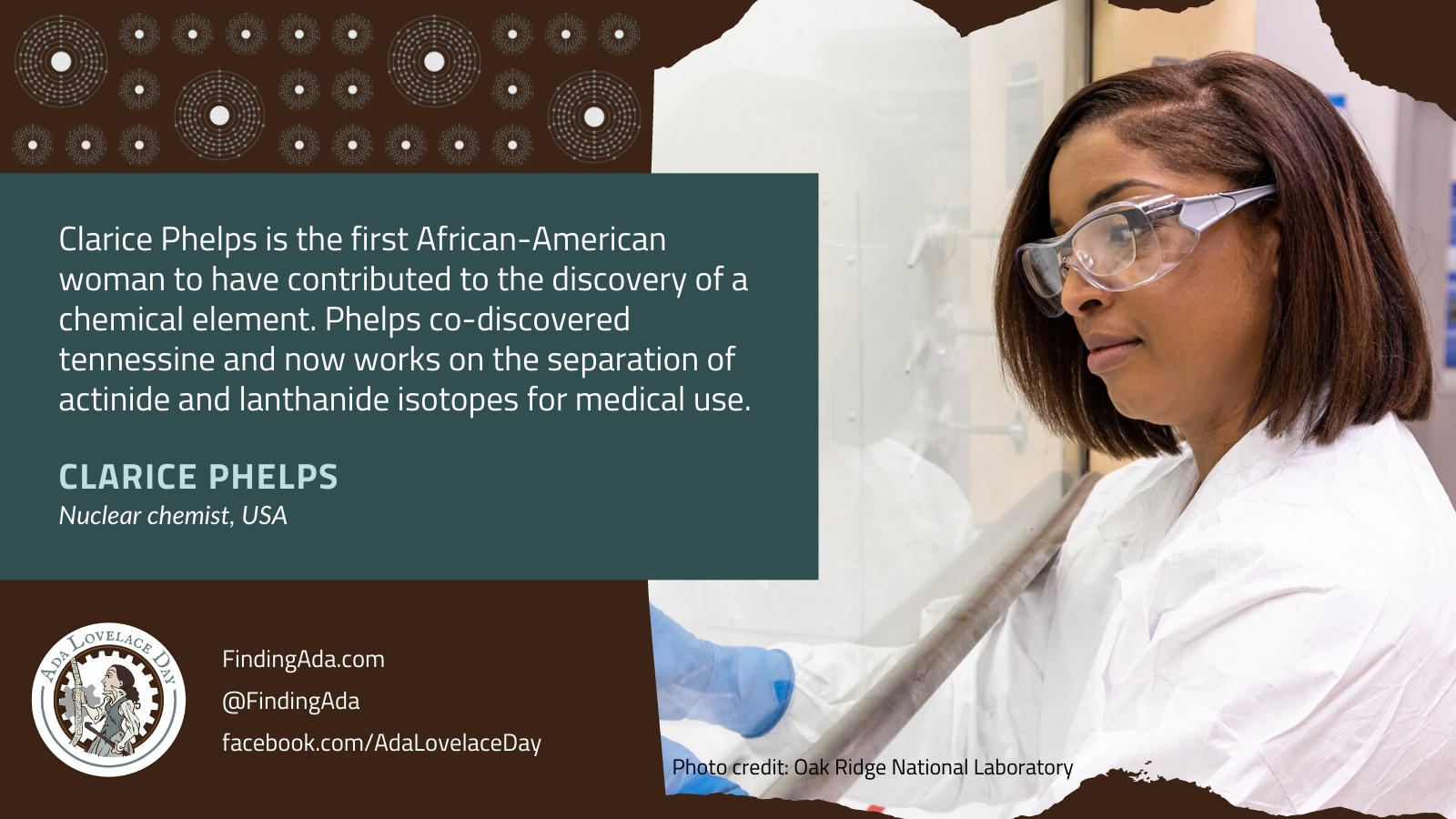
Raye Montague
Raye Montague was an American engineer who revolutionised naval ship design, proving that computer aided design could produce first drafts of ship specifications in hours rather than years.
Although Montague had wanted to become an engineer from childhood, her home university, the University of Arkansas, did not accept black students on their engineering program. Instead, she completed a degree in business and moved to Washington, DC, starting her career in the US Navy as a typist. She attended night school to learn computer programming and engineering.
Montague’s desk at the Naval Ship Engineering Center was positioned next to the UNIVAC I computer, and she learnt how to program it through observation. When the UNIVAC I programmer was off sick one day, she stepped in to run the computer. She persuaded her boss to promote her to computer systems analyst, but was forced to work the night shift.
The Navy had spent six years unsuccessfully trying to design ships using computers and in 1971, this task was given to Montague. She took the contractors’ program, tore it down, analysed and revised it so that it met her requirements, and then rebuilt it to run on the Navy’s computer. This meant more night shifts.
She was then asked to design an actual ship, an Oliver Hazard Perry-class frigate, a task that usually took two years. She brought her team together on a Saturday morning and set the computer running. At midnight she went home for a rest, only to be called back to the office. The program had finished the design in 18 hours and 26 minutes. For this feat, Montague was awarded the Navy’s Meritorious Civilian Service Award in 1972.
She was the first woman to become program manager of the Navy’s Information Systems Improvement Program, with the civilian equivalent rank of naval captain. The Navy started using her system to design all of its ships and submarines. She later worked on ships such as the Seawolf-class submarine and the Nimitz-class aircraft carrier Dwight D. Eisenhower.
Further reading
- Raye Montague, Wikipedia
- Raye Jean Jordan Montague (1935–2018), Betty Sorensen Adams, Encyclopedia of Arkansas
- Raye Montague – Women’s History Observance, Naval Sea Systems Command
- Raye Jean Jordan Montague, Rhonda Owen, Arkansas Democrat-Gazette, 16 December 2012
- Meet the woman who broke barriers as a hidden figure at the US Navy, Sharde Miller, ABC News, 20 February 2017
- Breaking Barriers Part 1: The Raye Montague Story, Elizabeth M. Collins, All Hands, 1 February 2018
- Breaking Barriers Part 2: The Raye Montague Story, Elizabeth M. Collins, All Hands, 28 March 2018
- Raye Montague, the Navy’s ‘Hidden Figure’ Ship Designer, Dies at 83, Katharine Q. Seelye, The New York Times, 18 October 2018
- Raye Montague, a Barrier-Breaking Naval Ship Designer, Has Died at 83, Brigit Katz, Smithsonian Magazine, 22 October 2018
- This engineer designed a computer program that transformed Navy ships in under 19 hours, Mildred Europa Taylor, Face2Face Africa, 13 January 2019
- Raye Montague: The “Hidden Figure” Who Revolutionized Naval Ship Design, Katharine Handcock, A Mighty Girl, 21 January 2021
- Naval Engineer Raye Montague And The Tale Of The World’s First Computer-Designed Naval Vessel, Dale Debakcsy, Women You Should Know, 17 February 2021



